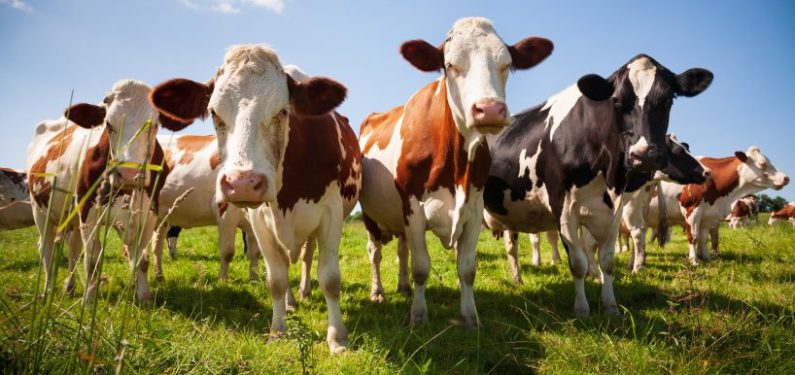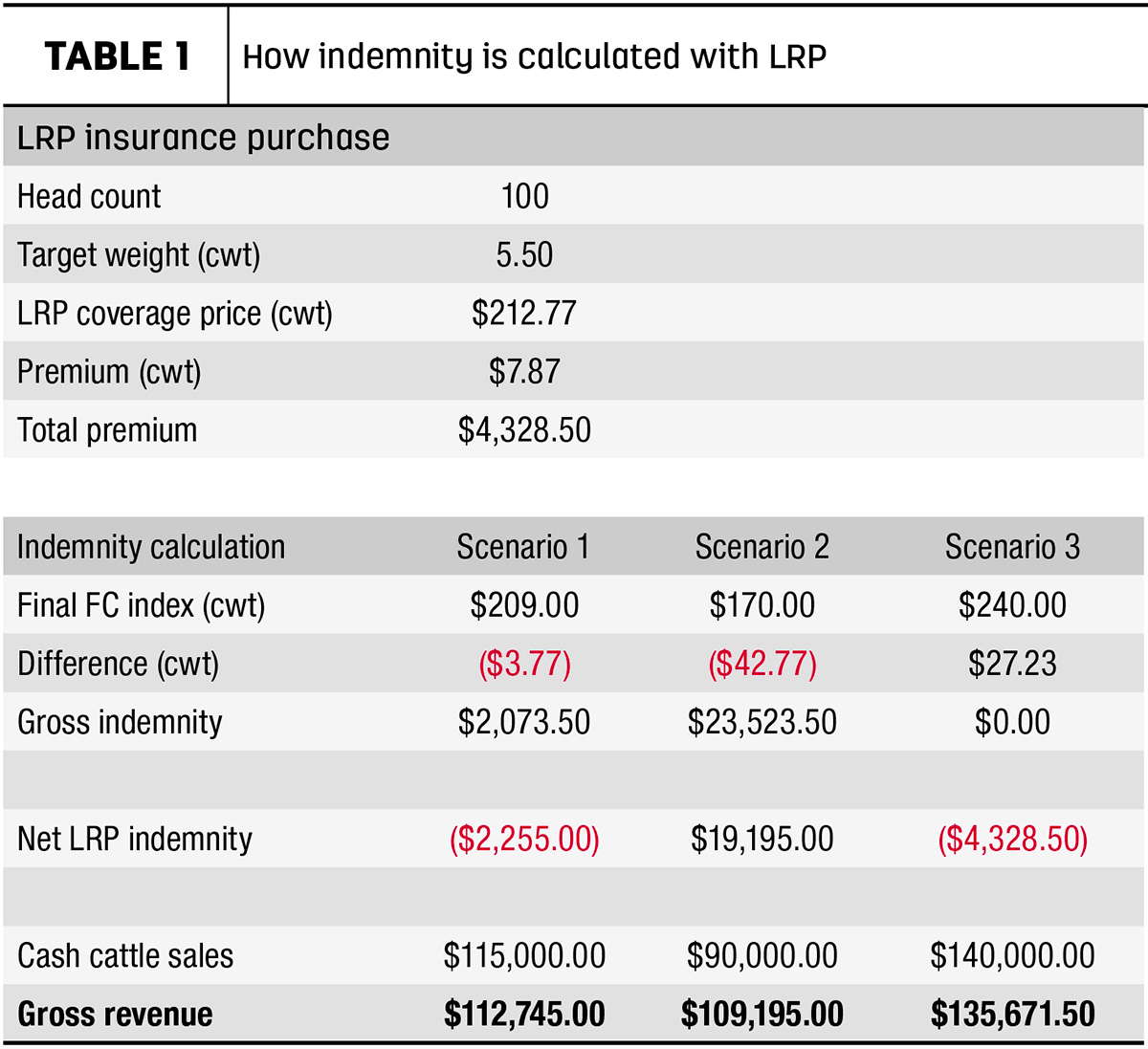Secret Aspects to Consider When Finding Animals Threat Protection (LRP) Insurance Coverage
When assessing alternatives for Livestock Risk Security (LRP) insurance coverage, numerous key variables require cautious consideration to make sure reliable risk management in the agricultural sector. Picking the ideal protection options tailored to your particular animals procedure is vital, as is recognizing exactly how premium expenses associate with the degree of protection used.
Insurance Coverage Options
When considering Livestock Threat Defense (LRP) insurance, it is vital to recognize the various coverage choices offered to alleviate threats in the farming sector. Livestock Danger Security (LRP) insurance coverage uses various insurance coverage alternatives customized to fulfill the varied needs of livestock producers. Bagley Risk Management. One of the primary coverage options is cost protection, which safeguards against a decline in market value. Producers can choose the protection level that aligns with their price risk management goals, allowing them to secure their operations against potential financial losses.
One more crucial insurance coverage option is the endorsement period, which establishes the length of time the coverage holds. Manufacturers can choose the endorsement period that best matches their manufacturing cycle and market problems. In addition, protection levels and prices vary based on the sort of animals being insured, providing producers the adaptability to personalize their insurance prepares according to their particular requirements.
Recognizing the different insurance coverage options readily available under Livestock Danger Protection (LRP) insurance policy is essential for manufacturers to make informed choices that effectively protect their livestock procedures from market uncertainties.
Premium Prices

Animals Threat Defense (LRP) insurance policy supplies necessary protection choices tailored to mitigate threats in the farming industry, with a significant aspect to take into consideration being the estimation and structure of premium prices. These consist of the kind and number of livestock being insured, the insurance coverage level picked, the present market prices, historical price information, and the length of the coverage duration.
Premium costs for LRP insurance policy are commonly determined based on actuarial information and risk analysis models. Insurers examine historical information on livestock costs and manufacturing expenses to determine an ideal premium that mirrors the level of threat included. It is essential for animals manufacturers to meticulously assess premium costs and insurance coverage alternatives to guarantee they are appropriately shielded against possible financial losses as a result of adverse market problems or unforeseen occasions. By comprehending just how superior prices are calculated and structured, manufacturers can make informed choices when picking the best LRP insurance plan for their operation.
Qualified Animals
The determination of eligible livestock for Livestock Risk Protection (LRP) insurance coverage includes cautious factor to consider of details standards and characteristics. Livestock types that are typically eligible for LRP insurance include feeder cattle, fed cattle, lambs, and swine. These animals should satisfy specific certifications connected to weight varieties, age, and meant use. Furthermore, the eligibility of livestock may vary based on the specific insurance service provider and the terms of the policy.
Feeder cattle, as an example, are generally qualified for LRP protection if they drop within specified weight ranges. Fed livestock may also be qualified, yet they need to satisfy certain weight and top quality grade needs. Swine eligible for protection usually consist of market weight animals planned for massacre. Lambs are another category of animals that can be considered for LRP insurance policy, with aspects such as weight and age playing an important role in identifying their qualification.
Before choosing LRP insurance policy for animals, producers must meticulously review the eligibility requirements laid out by the insurance coverage provider to ensure their animals fulfill the necessary needs for insurance coverage.
Plan Versatility
Plan adaptability in Animals Threat Protection (LRP) insurance website link coverage enables producers to tailor protection to fit their certain demands and take the chance of management strategies. This flexibility empowers livestock producers to customize their insurance policies based upon variables such as the kind of animals they possess, market problems, and private danger tolerance levels. One essential aspect of policy adaptability in LRP insurance policy is the capacity to pick insurance coverage degrees that straighten with the manufacturer's monetary goals and risk exposure. Manufacturers can pick insurance coverage degrees that secure them versus prospective losses because of fluctuations in livestock rates, guaranteeing they are properly insured without paying too much for unneeded protection. Additionally, LRP insurance supplies versatility in policy duration, permitting manufacturers to pick insurance coverage periods that best fit their production cycles and marketing timelines. By offering customizable alternatives, LRP insurance policy makes it possible for manufacturers to efficiently handle their threat exposure while safeguarding their livestock procedures versus unanticipated market volatility.
Cases Refine
Upon experiencing a loss or damages, manufacturers can initiate the insurance claims process for their Animals Risk Security (LRP) insurance coverage by quickly calling their insurance policy company. It is critical for producers to report the loss immediately to accelerate the cases process. When connecting to the insurance coverage supplier, producers will require to provide in-depth details concerning the incident, including the date, nature of the loss, and any kind of relevant paperwork such as veterinary documents or market prices.

After the analysis is total, the insurance policy supplier will make a choice concerning the claim and interact the outcome to the manufacturer. The manufacturer will get settlement according to the terms of their Livestock Danger Protection (LRP) insurance coverage plan if the insurance claim is pop over to this site accepted. It is important for manufacturers to be accustomed to the insurance claims procedure to guarantee a smooth experience in the occasion of a loss

Verdict
To conclude, when picking Animals Threat Security (LRP) insurance coverage, it is vital to think about protection options, premium costs, qualified animals, policy flexibility, and the claims procedure. These vital aspects will help ensure that farmers and ranchers are properly safeguarded versus possible dangers and losses connected with their animals procedures. Making a notified decision based upon these factors to consider can ultimately lead to far better monetary safety and security and satisfaction for animals producers.
Animals Danger Defense (LRP) insurance coverage provides different insurance coverage choices customized to satisfy the varied demands of livestock manufacturers.The decision of qualified livestock for Animals Danger Protection (LRP) insurance policy coverage entails cautious factor to consider of certain criteria and attributes.Policy versatility in Livestock Danger Protection (LRP) insurance policy enables manufacturers to customize coverage to match their particular demands and take the chance of management methods.Upon experiencing a loss or damages, producers can launch the claims process for their Animals Risk Security (LRP) insurance policy by quickly calling their find out insurance copyright.In conclusion, when selecting Animals Threat Security (LRP) insurance policy, it is crucial to consider insurance coverage choices, premium costs, qualified livestock, plan flexibility, and the cases procedure.